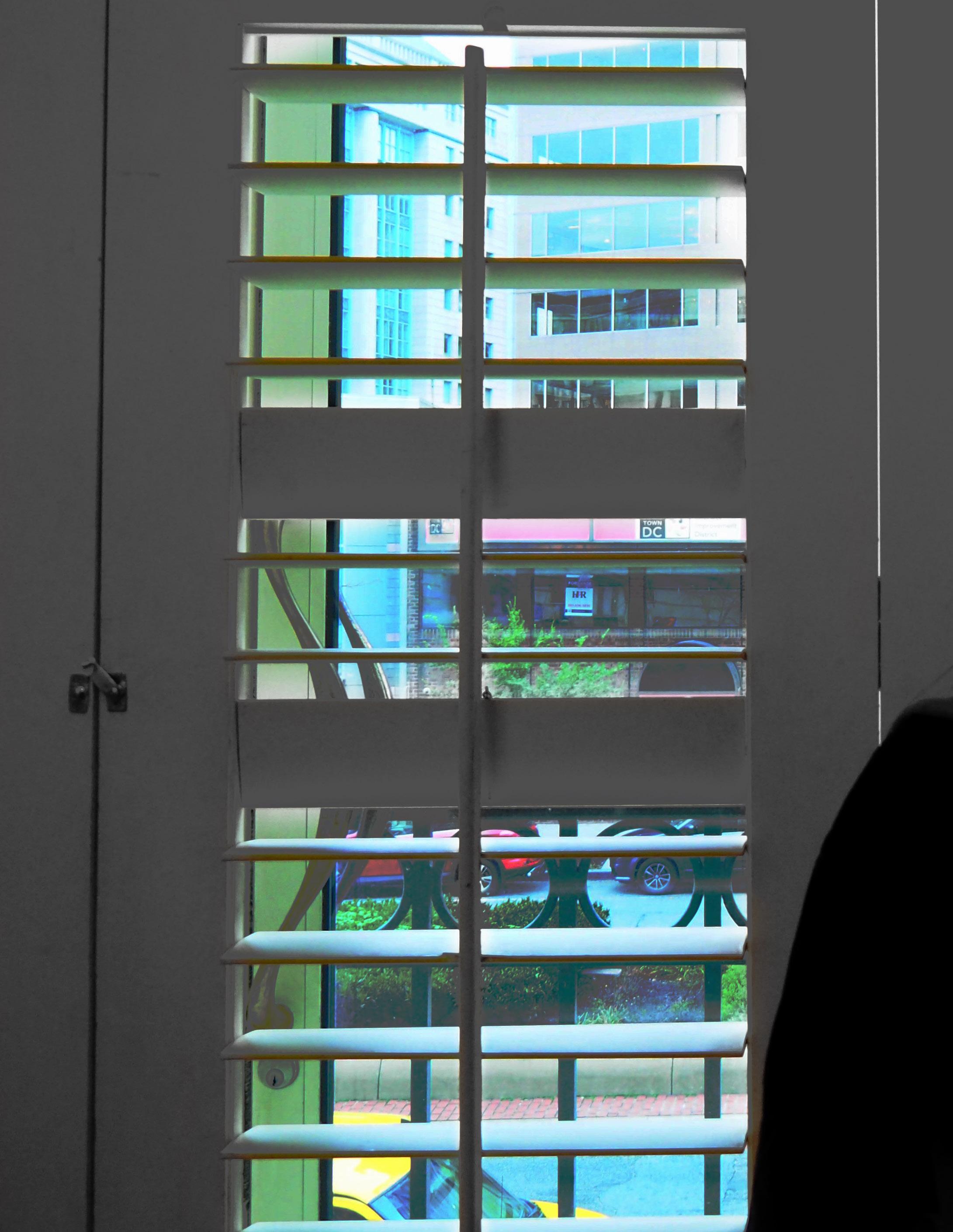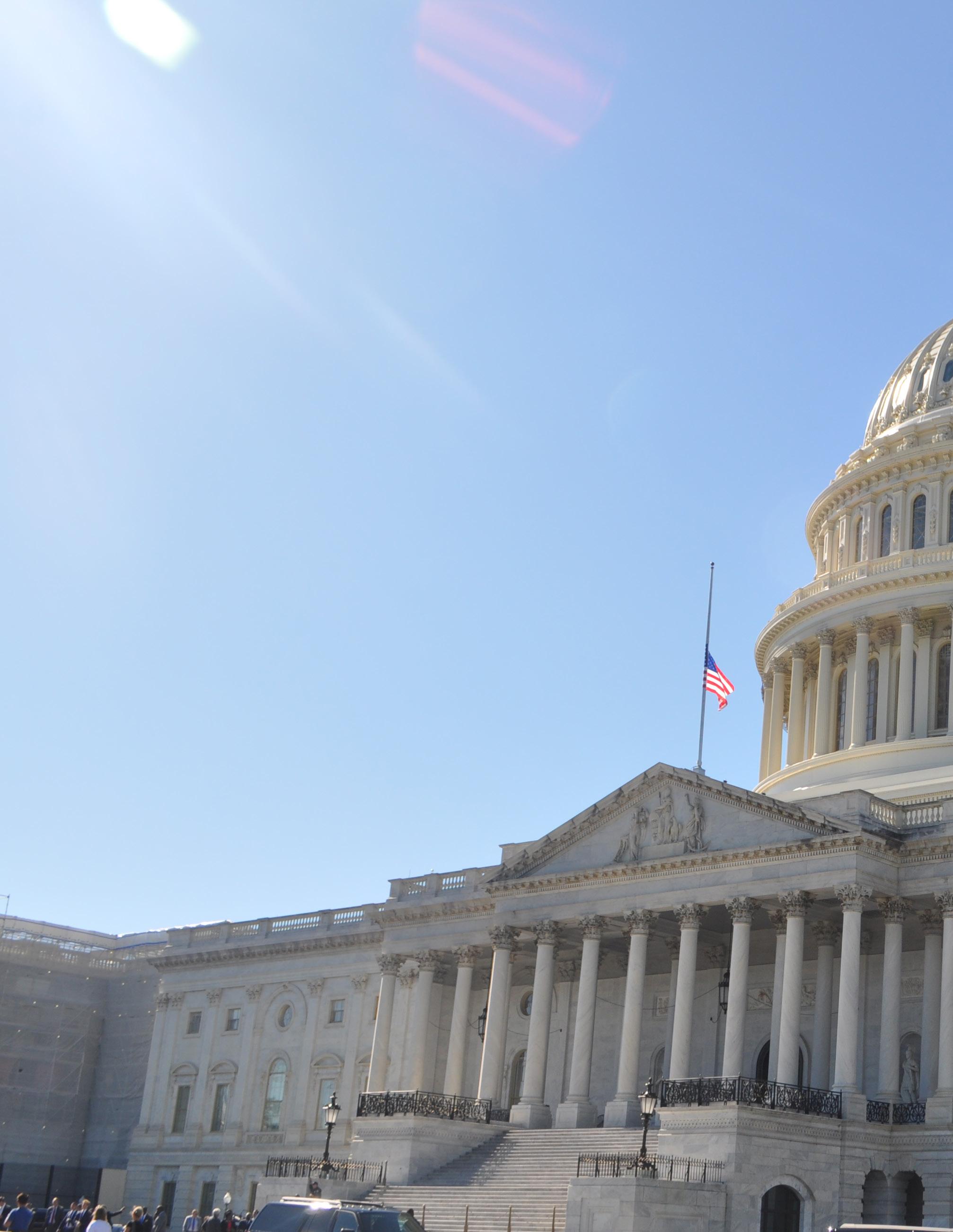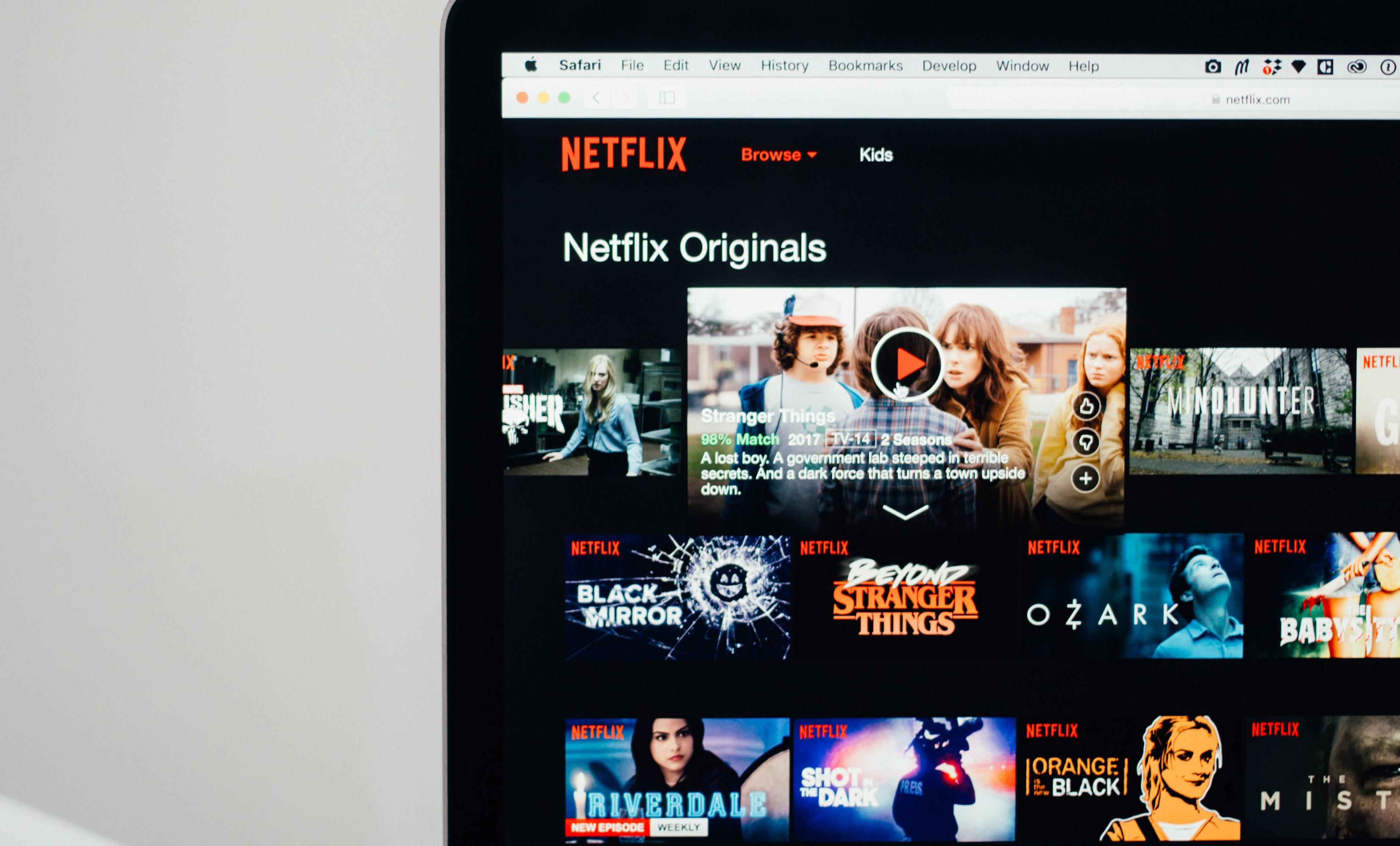COLLEGE INAFFORDABILITY
Sarah Teixeira $1.7 Trillion. That’s the current student loan debt in the United States, and it’s growing every second of the day. As more people enter the student population and acquire loans to pay for their education, this number is only bound to continually grow. With the topic of college affordability permeating many areas of people’s lives and being at the forefront of the 2020 election why does college continue to be one of the most unaffordable endeavors that a person can pursue? FAFSA and Private Loans Students as young as 17 begin their college careers by being asked to accept thousands of dollars in federal student loan debt, and often have to add on thousands of dollars in private loans as well. Yes, students do go through loan training and sign-off on a Mastery Promissory Note before taking on any federal loans. That is not a true measure, however, of whether or not they understand the implications of accepting, on average, $35,097 in student loans according to FSA Data Reports from 2019. The reality is that many students take on these loans without any plan of how they will pay them off upon graduation, or if the degree they are pursuing will even allow them to pay these loans off. A 2014 Johns Hopkins University study found that regardless of first-generation student status, students “believe themselves to be ill equipped to incur student loan debt responsibly.” Most student debt resources will tell you that the cost of tuition is greatly covered by grants and other forms of financial aid, so the worry of borrowing for college is greatly reduced. The problem is that many of these forms of aid do not cover the high cost of room and board, school supplies, potential transportation costs, and various personal
9 | COLLEGIETTE
expenses. These costs are often instead covered by loans and income that the student earns while in school. Even still, some experts in the field of education policy feel that the problem is not the amount of loans that students are taking out that makes college unaffordable, but instead that students take out loans and fail to finish their degree programs or choose degree programs that do not pay off in the long run. Sandy Baum, in a blog for Higher Education Today, says “The question, “Is college worth it?” is really more appropriate than, “Is college affordable?”” Though there is merit to the idea that not everyone needs to pursue a college education, this ideological belief that the cost of an education should not matter if the student is passionate about and will complete the degree they are pursuing undermines the vast number of barriers that are in place. These barriers range from gaining access to higher education all the way through completing an education, and these barriers disproportionately affects low-income students, students of color, and older college students. Who is Primarily Impacted? Low-income students, students of color, and older college students often have to overcome cost barriers of entrance as well as an inability to finish college or the inability to finish college on time. A majority of college degrees are designed to be completed within four years, but when looking at the data from the National Student Clearinghouse, most of these student groups do not meet that four year standard. In fact, their 2016 study found that it can take 5.1 years to earn a bachelor’s degree at state universities, and 4.8 years at private universities. This can equate to higher, longer term costs because of the lengthened time spent in school instead of earning a full-time wage.


















